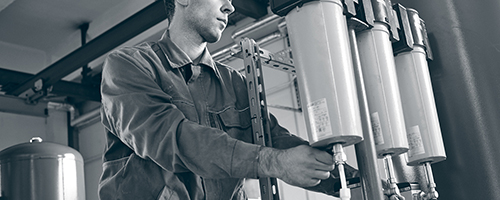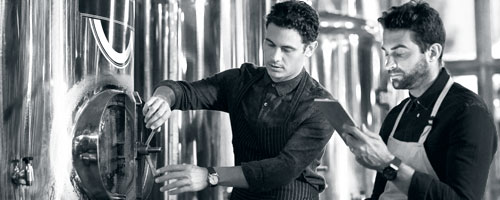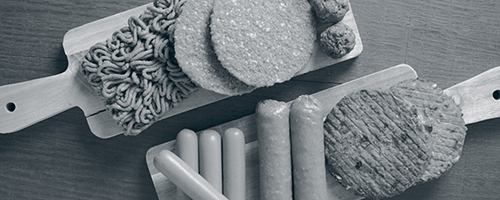
Blog
Staying Ahead of the Curve: Importance of 3-A Culinary Grade Steam and Food Contact Compliance
July, 2023
Did you know steam plays an integral role in food and beverage plants? This is because it has a significant impact on both the safety and quality of the final product. While often overlooked the process of steam contamination can have serious consequences particularly considering increasing health and safety guidelines. As a result, more manufacturers are recognizing the critical role of steam in ensuring optimal production processes and end products. For food and beverage manufacturers, culinary steam is the standard in most plants – learn more about the importance of culinary steam and its guidelines below.
Why is steam quality important in food processing?
In food and beverage production, culinary steam represents the highest end-use of steam because it helps minimize quality and waste issues. Culinary steam is saturated steam which can be injected directly into a food product or applied indirectly to a food product or surface. However, as it is in direct contact with food products and surfaces, contamination risks increase. Foodborne disease – also referred to as foodborne illness or food poisoning – is any illness thar results from the consumption of food contaminated with pathogenic bacteria, viruses or parasites. The cost implications of foodborne illnesses are not only severe for consumers, but on manufacturers who can suffer economic losses due to product recalls causing damaged brand reputation.
Food Contact Compliance Regulations
Food contact material compliance regulations are not globally harmonized. However, the intention of the regional and country programs is identical – protect consumers’ health and the quality of the food they buy. Ensuring safe, clean, and consistent quality steam requires compliance with all applicable Food and Drug Administration (FDA) and FCC (Food Contact Compliance) requirements. Pall provides a Declaration of Compliance for products within the FCC program. These statements provide information on the intended application (Fit for Purpose information) for the filter and provide required compliance testing conditions to support use in the intended applications.
In Europe, the entire food production and processing chain is covered by a vast body of European Union (EU) laws. Regulation EC 1935/2004 provides a framework of both harmonized and country specific regulations for materials to be used in food contact applications. These harmonized standards (e.g., EU 10/2011 for plastic materials and articles) are implemented and enforced by EU countries and require businesses to identify and manage the risks associated with their operations through appropriate food safety management controls based on Hazard Analysis and Critical Control Point (HACCP) principles. Along with HACCP all foods and food ingredients are regulated by the FDA in the US. Recent reform known as the Food Safety Modernization Act (FSMA) underlines the transition from reaction to prevention in reducing consumer foodborne illnesses. To prevent contamination, the FDA has created nine rules outlining specific actions to take at every stage of the supply chain. This reform acknowledges that food safety is a shared responsibility throughout the supply chain.
What is 3-A culinary steam standard?
Culinary Steam (3A Standard 609-03 is a standard defined as “steam that is free of entrained contaminants, is relatively free of water and is suitable for use in direct contact with food products, other comestibles or product contact surfaces”. The 3-A Accepted Practice for Producing Culinary Steam 609-03 details the definition, filtration requirements for culinary steam filters, and the system requirements for design, materials, fabrication, and installation. Additional national and international standards for food contact compliance apply.
The Important Role of Filtration In Steam Applications
Culinary steam filters help protect equipment and process filters from damage. From a safety perspective, culinary steam that comes into direct contact with food or food manufacturing equipment must be filtered to less than 2-micron as defined by standard 3A-609-03. Section D2.2 of 3A 609-03 indicates a filter capable of removing 95% of particles 2 microns in size or larger meets the requirements to produce culinary steam. Adhering to this filtered steam standard will eliminate contaminants like rust and dirt which could end up in the final product.
If you are interested in learning more about culinary grade challenges visit our webpage and sign up to learn more about Pall’s new PSS Plus steam filter.
- Category
- Author
- Sort By







